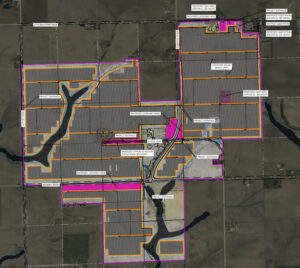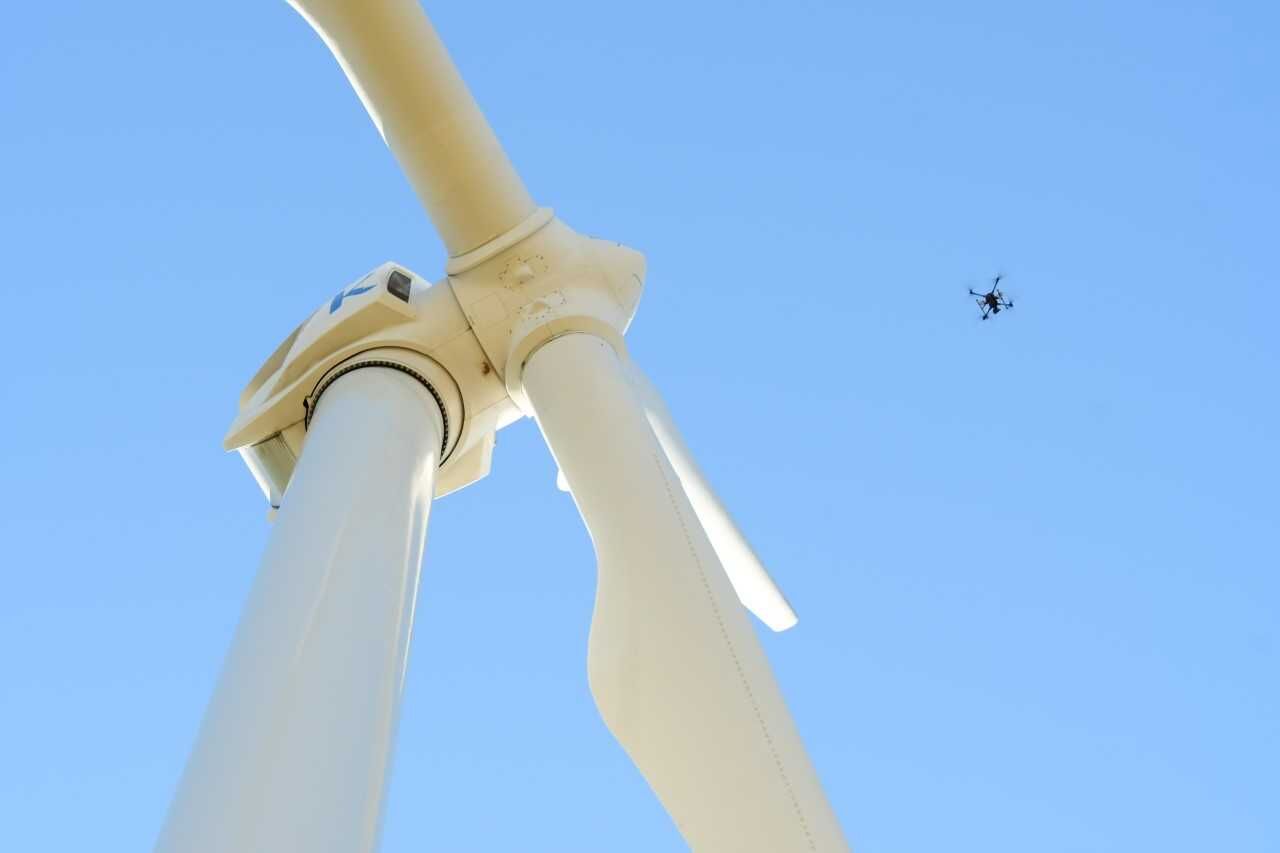
The proposed industrial-scale solar project near Coggon took the next step through the approval matrix Nov. 15 – official consideration by the Linn County Technical Review Committee.
An estimated 20 attendees in person, and another 30 online, looked on as members of the county committee pored through several details of the proposal with Tom Fitzgerald of Clenera Energy, the company that would develop and install the solar project.
Clenera, based in Boise, Idaho, is planning a 750-acre solar installation on largely agricultural property just west of Coggon in northern Linn County.

The project would generate an estimated 100 megawatts of electrical power and involve installation of just over 300,000 solar panels. Under the plan, submitted to Linn County officials July 9, Clenera would sell generated power to the Central Iowa Power Cooperative (CIPCO) under a 25-year power-purchase agreement, similar to an agreement already in place with a 100-megawatt solar installation near Wapello.
The project is tentatively set to begin by year’s end and be completed by the end of 2022. If installed, the project would power an estimated 16,400 homes, according to a 2014 calculation by the Solar Energy Industries Association.
A number of project details were discussed during the 90-minute meeting between county officials and Mr. Fitzgerald, ranging from noise restrictions and road impacts during construction to potential environmental impacts on native species to stormwater management, planting of appropriate native plants and grasses in the project area, and eventual project decommissioning.
One topic that generated some discussion concerned a question from Linn County resource conservationist Jon Gallagher about the installation height of the solar panels and possible conflicts with vegetative requirements. Clenera’s plan would install the lower, leading edge of the solar panels within 18 inches of the ground, but Mr. Gallagher said he felt a 28-inch leading edge panel height would not be “out of line” with solar installations he’d seen elsewhere.
“It’s not my responsibility to be concerned with the fact that certain (vegetative) species might be higher than the leading edge of the array,” he said. “That’s a long-term issue that you can ferret out, but that’s why I would suggest raising (the) panel height. From what I’ve seen in other states, the standard is not necessarily 18 inches. And based on (studies) I’ve seen on what it adds to cost, I don’t think 28 inches for a leading edge panel height is out of line. If you’re concerned with the vegetation management plan interfering at an 18-inch leading edge, then you’ll have to develop a plan that addresses that concern.”
Mr. Fitzgerald disagreed with that assessment.
“There is no industry standard in terms of how far off the ground arrays are for this site due to the undulation of some of the terrain,” he said. “The technology that we’re using will necessarily have a leading edge that’s 18 inches off the ground. To increase that height by 10 inches across the project would add substantial cost and make it non-economic. I think we can come up with a seed mix to maintain the height of the vegetation to less than 18 inches, but at this time, I don’t think that Clenera is prepared to increase the panel height above that.”
The county committee made no recommendations about the project at the Nov. 15 meeting, and comments from the public were not accepted.
The proposal will next be considered for potential rezoning by the county’s Planning and Zoning Commission at a public meeting Nov. 29 at 6:30 p.m. at the Linn County Fairgrounds in Central City. Members of the public will be able to comment on the project at that meeting.




